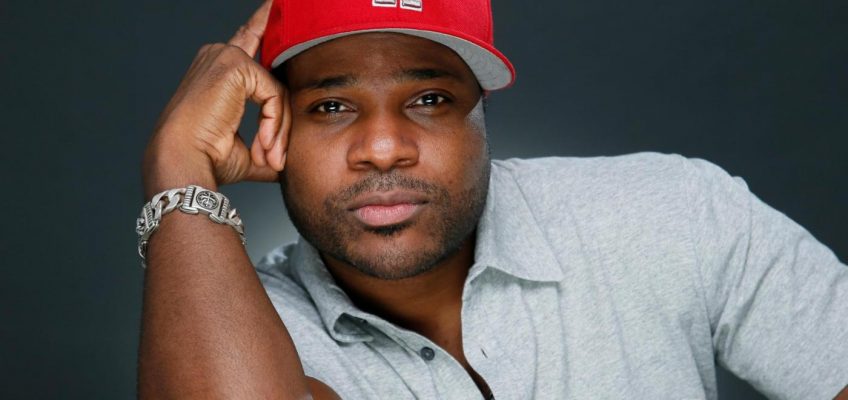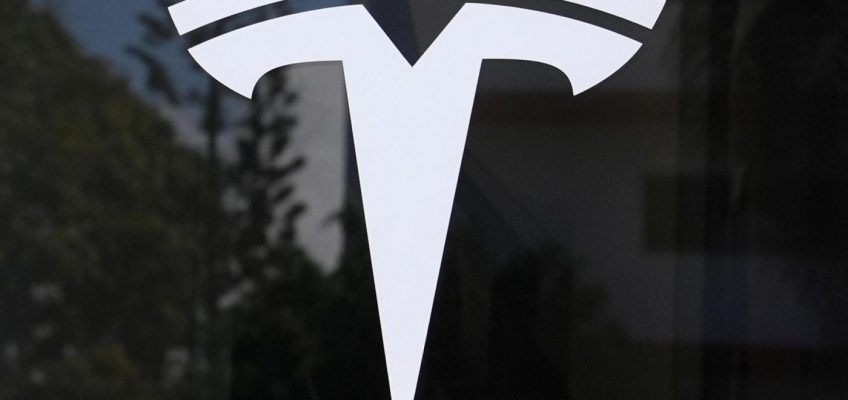By JANIE McCAULEY
SAN FRANCISCO (AP) — A beloved therapy bunny named Alex The Great, who provided snuggles and comfort from ballparks to NBA arenas, airports, farmers markets and even Easter egg hunts and NASCAR races, has died. He was 4.
Related Articles
This MLS All-Star Game pick means more to Loons’ goalie Dayne St. Clair
U.S. Olympic Committee moves to safeguard non-revenue NCAA sports
NFL training camp primer
Gophers basketball: Missouri, Stanford highlight men’s nonconference slate
Gophers football picked to finish 11th in Big Ten this fall
A floppy-eared Flemish giant who was larger than life in both size and spirit, Alex suffered complications from cancer treatment and died early Monday, his owners said. The rabbit had undergone care at the renowned UC Davis Veterinary Hospital in recent days.
Alex appeared June 4 sporting his signature cap for Padres-Giants at Oracle Park. At 4 months old, he attended his first Giants game in April 2021 — believed to be the first bunny in the stands at the waterfront ballpark.
He loved wearing bow ties and riding in his remote-controlled car, which Alex did in November 2021 following an Arizona Fall League appearance at Scottsdale Stadium where he saw now-Angels catcher Logan O’Hoppe as a rising prospect.
Owners Kei Kato and Josh Row saved Alex from a slaughterhouse — but, really, it was the bunny who saved them. They took Alex on all their trips and he spent hours at San Francisco International Airport with a golden retriever friend offering travelers emotional support.
FILE – Kei Kato, left, and her fiance, Josh Row, hold a therapy bunny named Alex during a baseball game between the San Francisco Giants and the Miami Marlins in San Francisco, Thursday, April 22, 2021. (AP Photo/Janie McCauley, File)
“He saved us and saved so many people,” Kato said via text message Monday. “All the stories people are sharing are so overwhelming.”
Fans stopped in awe when they saw Alex The Great wherever he went, often surprised by his size and always eager to snap a photo or selfie. Kato and Row were thrilled to share him with the world because Alex had brought them so much love and joy and they wanted to spread that to anyone who might need a lift or a smile. Or provide a chance to pet Alex’s soft orange fur or give him a hug.
“We remember him well for his surprise frequent visits to the ballpark,” Giants CEO Larry Baer said in a text message. “We remember the comfort he brought those who loved him and the joy he brought so many.”
Kei Kato and Josh Row pose with their therapy bunny Alex The Great during an Arizona Fall League Game at Scottsdale Stadium, Nov. 6, 2021, in Scottsdale, Ariz. (AP Photo/Janie McCauley)
Kato lost her brewery restaurant during the pandemic and adopting Alex provided her with a new purpose. He helped Kato deal with the anxiety and stress of no longer having her main source of income and the fulfillment her business brought.
“I lost it all because of COVID, so I’ve been really stressed a lot,” Kato said at the ballpark that spring night in 2021. “We support local. I was a local. He’s well trained, too.”
When Alex became such a hit on the big screen, quick-thinking Daniel Kurish of the Marlins’ media relations staff went to find the bunny in the seventh inning to deliver some Miami gear.
Less than a month later, in May 2021, Alex appeared at a Suns-Warriors game at Chase Center. Of course, they loved him there, too. He’d also pop up outside the arena in Thrive City every now and then to greet fans before games.
“Let his legend continue,” Kato and Row wrote on Alex’s social media, “he was very loved.”
AP MLB: https://apnews.com/hub/MLB




